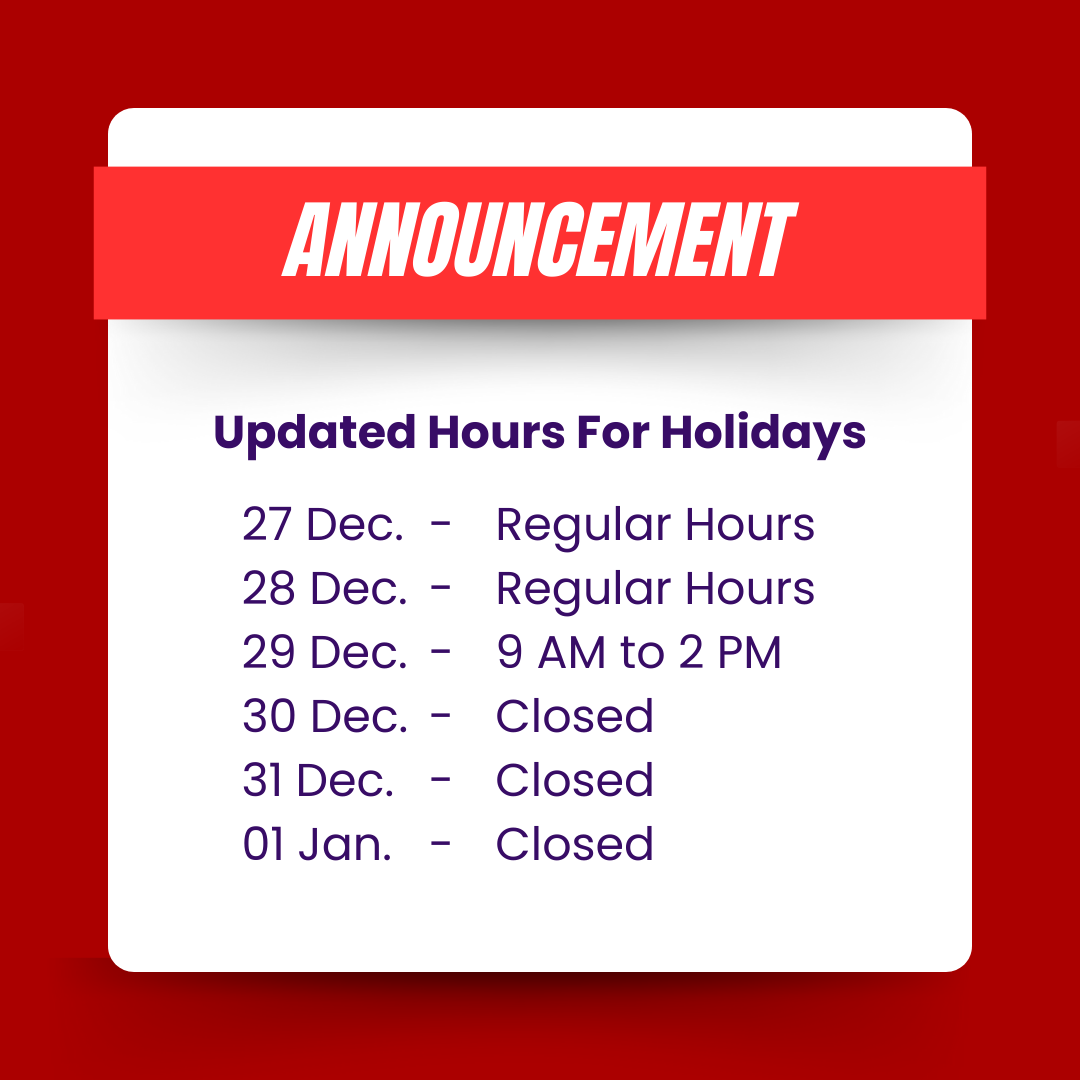Selling a car in Ontario can be a straightforward process with the right knowledge and preparation. Whether you’re upgrading to a new vehicle or simply looking to part ways with your current one, understanding the steps involved in selling a car in Ontario is essential. In this comprehensive guide, we’ll walk you through everything you need to know, from preparing your car for sale to completing the necessary paperwork and transferring ownership. Ready to sell your car hassle-free? Get started today and secure the best deal with our expert tips. And while you’re at it, ensure a seamless transition by obtaining a quick insurance quote from Aaxel Insurance.
Preparing Your Car for Sale
Before listing your car for sale, it’s crucial to ensure it’s in optimal condition to attract potential buyers. Start by thoroughly cleaning both the interior and exterior of the car, paying attention to detail to make it look its best. Address any minor cosmetic issues, such as dents or scratches, and consider investing in professional detailing for added appeal. Additionally, ensure that routine maintenance tasks, such as oil changes and tire rotations, are up to date, and address any mechanical issues that could deter buyers.
Gathering Documentation
Before selling your car in Ontario, you’ll need to gather all relevant documentation to facilitate the sale. This includes the vehicle’s ownership title, which proves your legal ownership of the car, as well as any maintenance records or service history. If there are outstanding loans or liens on the vehicle, you’ll need to obtain a lien release from the lender before transferring ownership. Additionally, you may want to consider obtaining a vehicle history report to provide potential buyers with information about the car’s past.
Determining the Selling Price
Setting the right selling price is crucial to attracting potential buyers and maximizing the value of your car. Research the market value of similar vehicles in Ontario using online resources such as classified ads, dealer listings, and valuation tools. Take into account factors such as the car’s age, mileage, condition, and any additional features or upgrades. Be realistic about the condition of your car and consider pricing it competitively to attract buyers quickly.
Advertising Your Car
Once your car is prepped and priced, it’s time to advertise it to potential buyers. There are several avenues you can use to market your car for sale in Ontario, including online classifieds, social media platforms, and local newspapers. When creating your listing, be sure to include detailed information about the car, including its make, model, year, mileage, condition, and any notable features. High-quality photos can also help attract attention to your listing, so be sure to take clear, well-lit images from multiple angles.
Negotiating with Potential Buyers
As inquiries start rolling in, be prepared to negotiate with potential buyers to reach a mutually agreeable price. Be transparent about the condition of the car and willing to answer any questions potential buyers may have. Consider setting a firm asking price but be open to reasonable offers. Remember that negotiating is a normal part of the selling process, and patience and flexibility can help you secure a successful sale.
Completing the Sale
Once you’ve agreed on a price with a buyer, it’s time to finalize the sale and transfer ownership of the car. In Ontario, this involves completing a bill of sale, which documents the terms of the sale and transfers legal ownership of the vehicle from seller to buyer. The bill of sale should include details such as the names and addresses of both parties, the vehicle identification number (VIN), the sale price, and the date of sale. Both the seller and buyer should sign the bill of sale, and each party should retain a copy for their records.
Transferring Ownership
After completing the bill of sale, the next step is to transfer ownership of the car with the Ontario Ministry of Transportation (MTO). The seller is responsible for notifying the MTO of the sale within six days of the transaction. This can be done online, by mail, or in person at a Service Ontario location.
The seller will need to provide the buyer with a Used Vehicle Information Package (UVIP), which contains important information about the car’s history and ownership. The buyer will then need to register the vehicle in their name and pay any applicable taxes and fees to complete the transfer of ownership.
Conclusion
Selling a car in Ontario can be a relatively straightforward process with proper planning and attention to detail. By preparing your car for sale, gathering necessary documentation, determining the selling price, advertising effectively, negotiating with potential buyers, and completing the sale and transfer of ownership correctly, you can ensure a smooth and successful selling experience. Whether you’re a seasoned seller or a first-time seller, mastering the process of selling a car in Ontario is achievable with the right knowledge and preparation. Don’t let the process of selling your car overwhelm you. Follow our guide to navigate the steps smoothly. Plus, make sure your new buyer is covered by getting a tailored insurance quote from Aaxel Insurance.







